Having developed a strong reputation, we are working to meet increasing demand. To effect real change and to do our work in a good way requires care and lasting commitment for all parties. Our research and delivery is bringing us into an expanding number of communities and workplaces.
Thus far, the project has unfolded in three concurrent “lines of activity.”
Cultural Mapping involves sitting together with People With Lived and Living Experience, family members, and front-line workers in a process of sharing and discovery of primary insights.
Community Sharing involves bringing the primary stories gifted to the project to a wider community. We host Story Walks and sharing circles designed to enable deep reflection and to generate dialogue leading to change. We may collect secondary reflective insights at these walks and events.
Systems and Policy Change brings the insights of the project into play with key systems responsible to address the crisis—i.e. emergency departments, municipal government, health care settings, policing departments, and nursing programs. Drawing upon our research and program delivery, we also develop policy reports that are presented to community and organization decision-makers with intent to facilitate change.
Below are a number of images and stories from some of our work in community and our research and story collection processes.
Comox Valley


Photo by: Nadine Bariteau

Photo by: Nadine Bariteau

Photo by: Nadine Bariteau

Photo by: Patrick Dionne

Photo by: Nadine Bariteau

Photo by: Nadine Bariteau
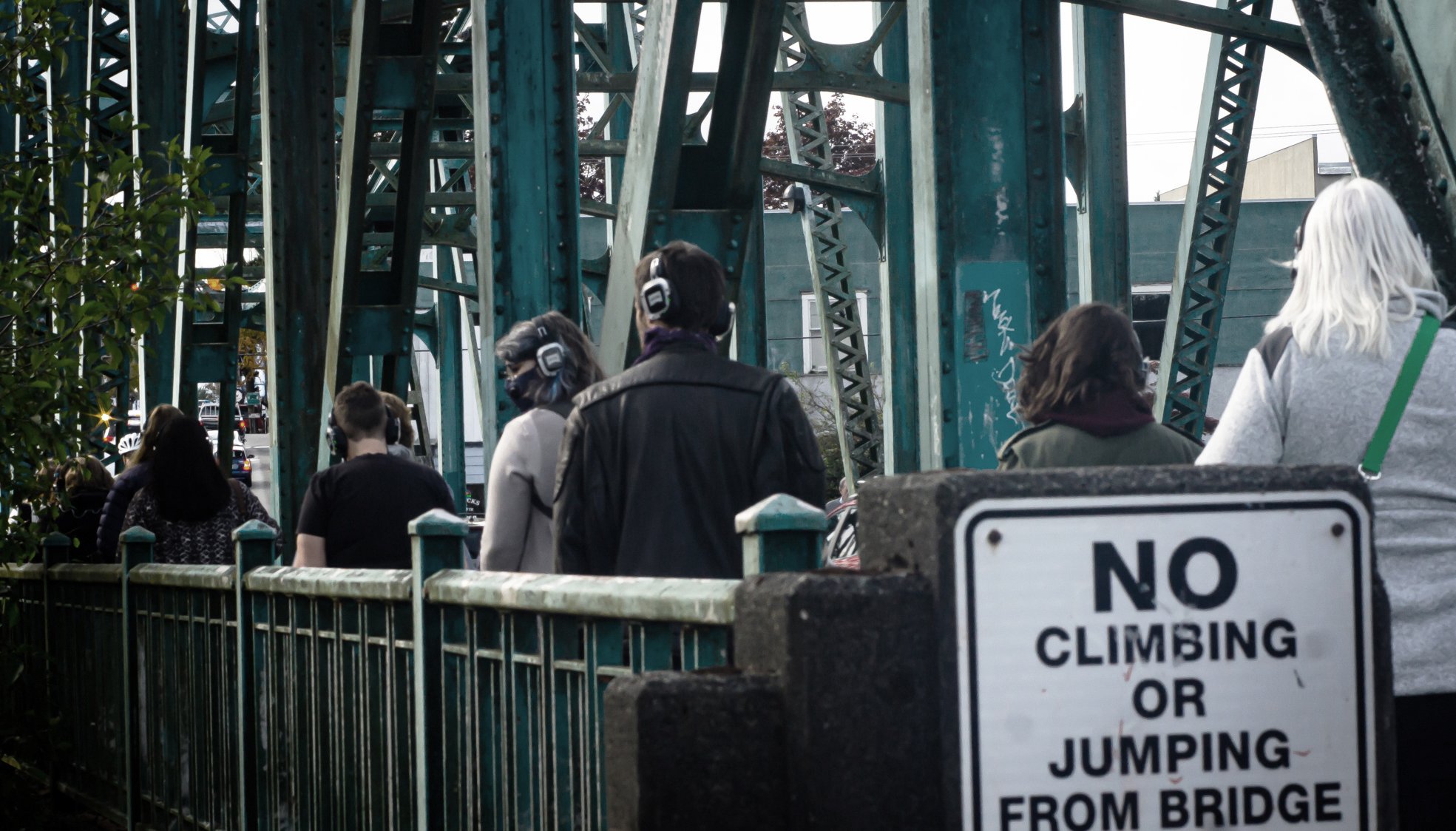
Photo by: Kyle Little

Photo by: Nadine Bariteau

Photo by: Kyle Little

Photo by: Kyle Little

Photo by: Tracy Glover
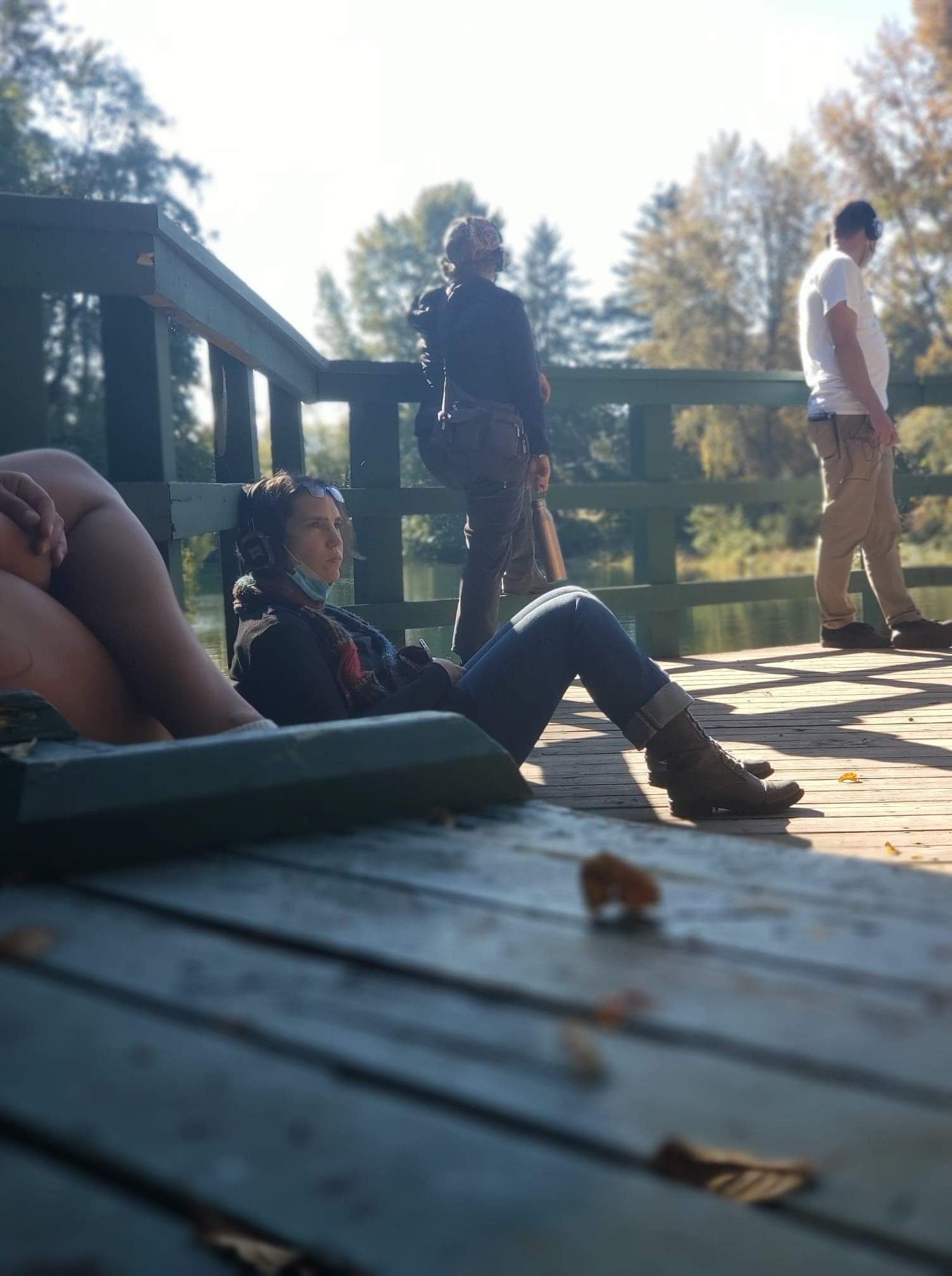
Photo by: Tracy Glover
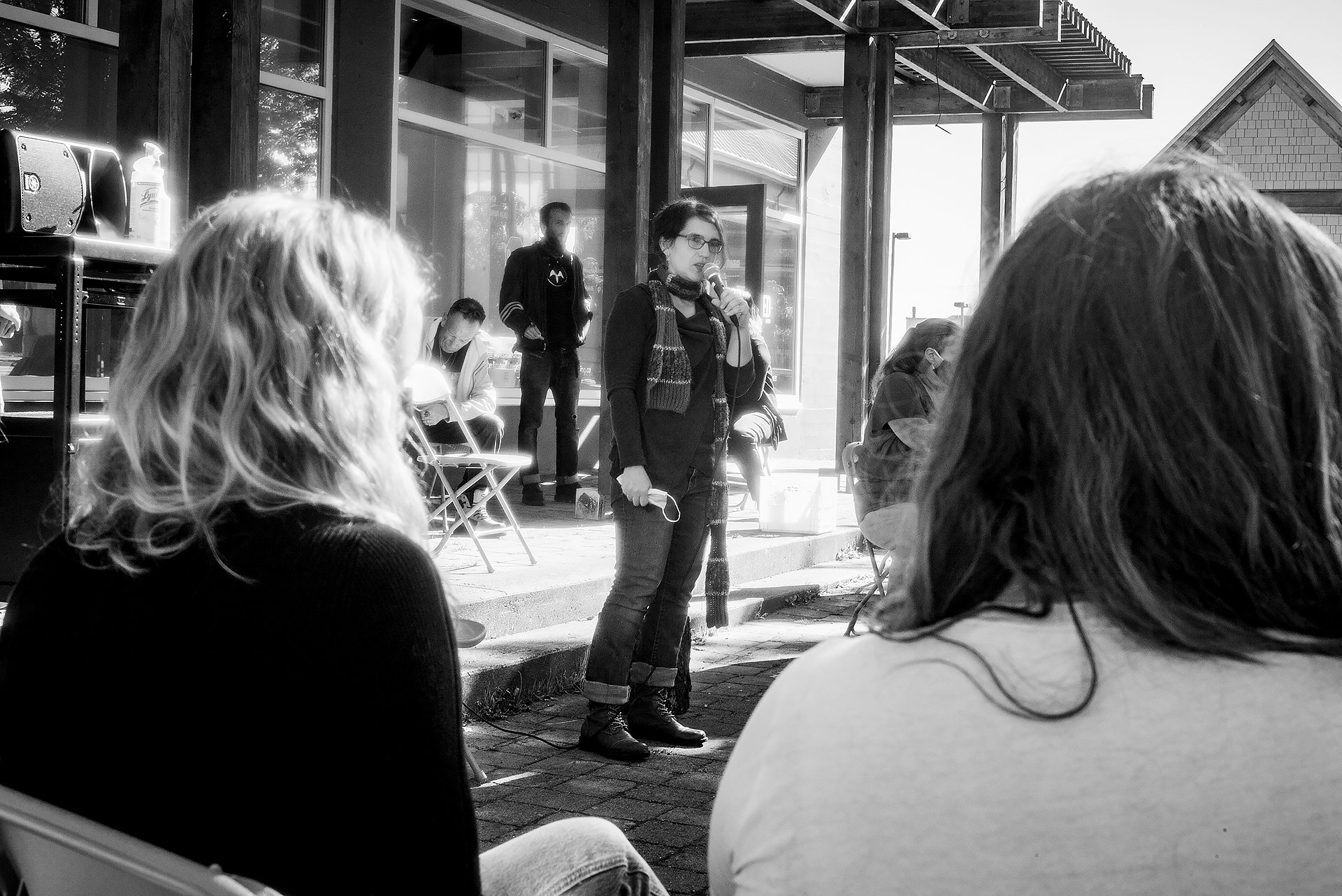
Photo by: Patrick Dionne

Photo by: Kyle Little

Photo by: Patrick Dionne

Photo by: Patrick Dionne

Photo by: Patrick Dionne

Photo by: Patrick Dionne
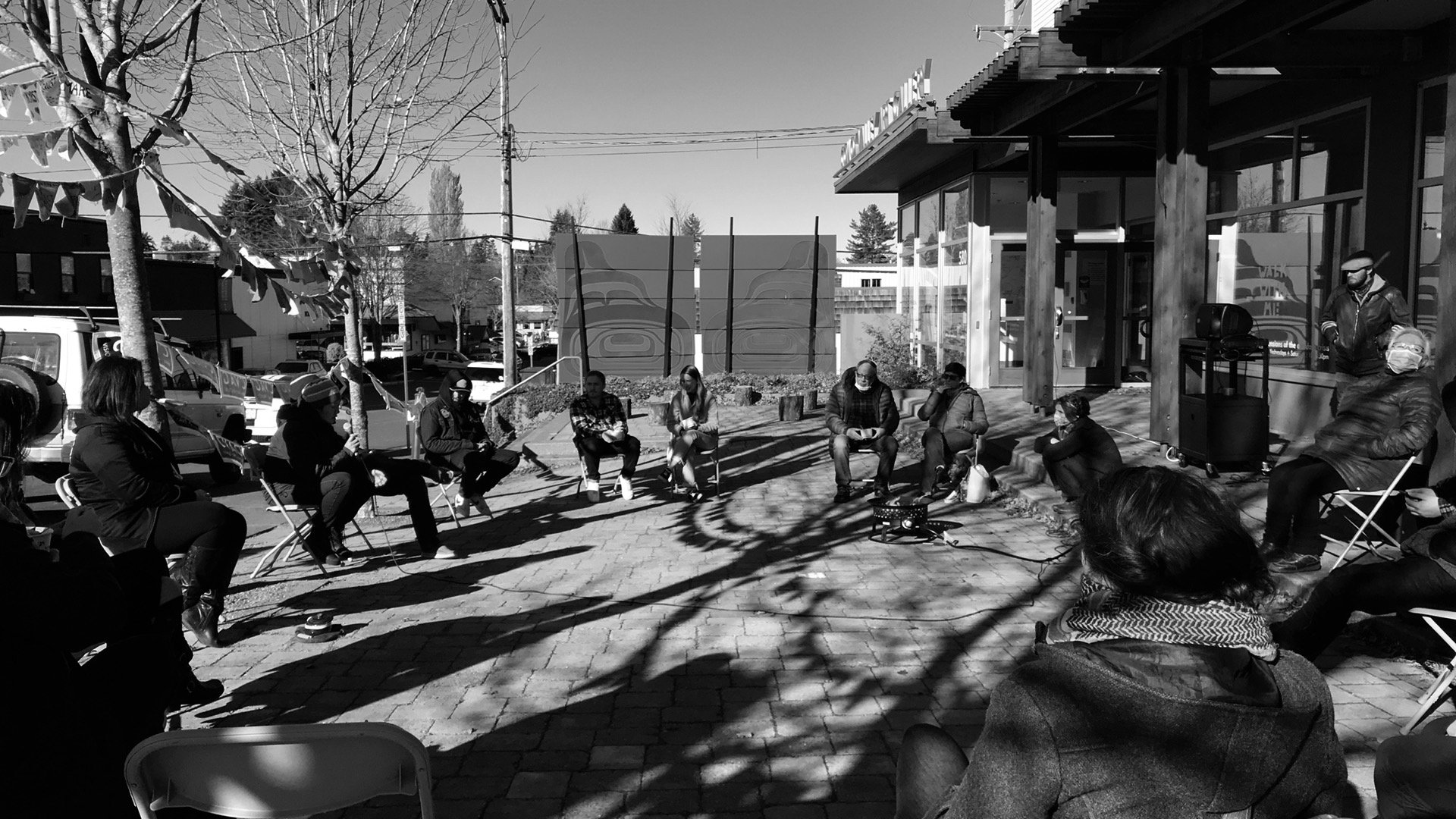
Photo by: Nadine Bariteau

Photo by: Nadine Bariteau
Campbell River
Photos by: Gordon Ross




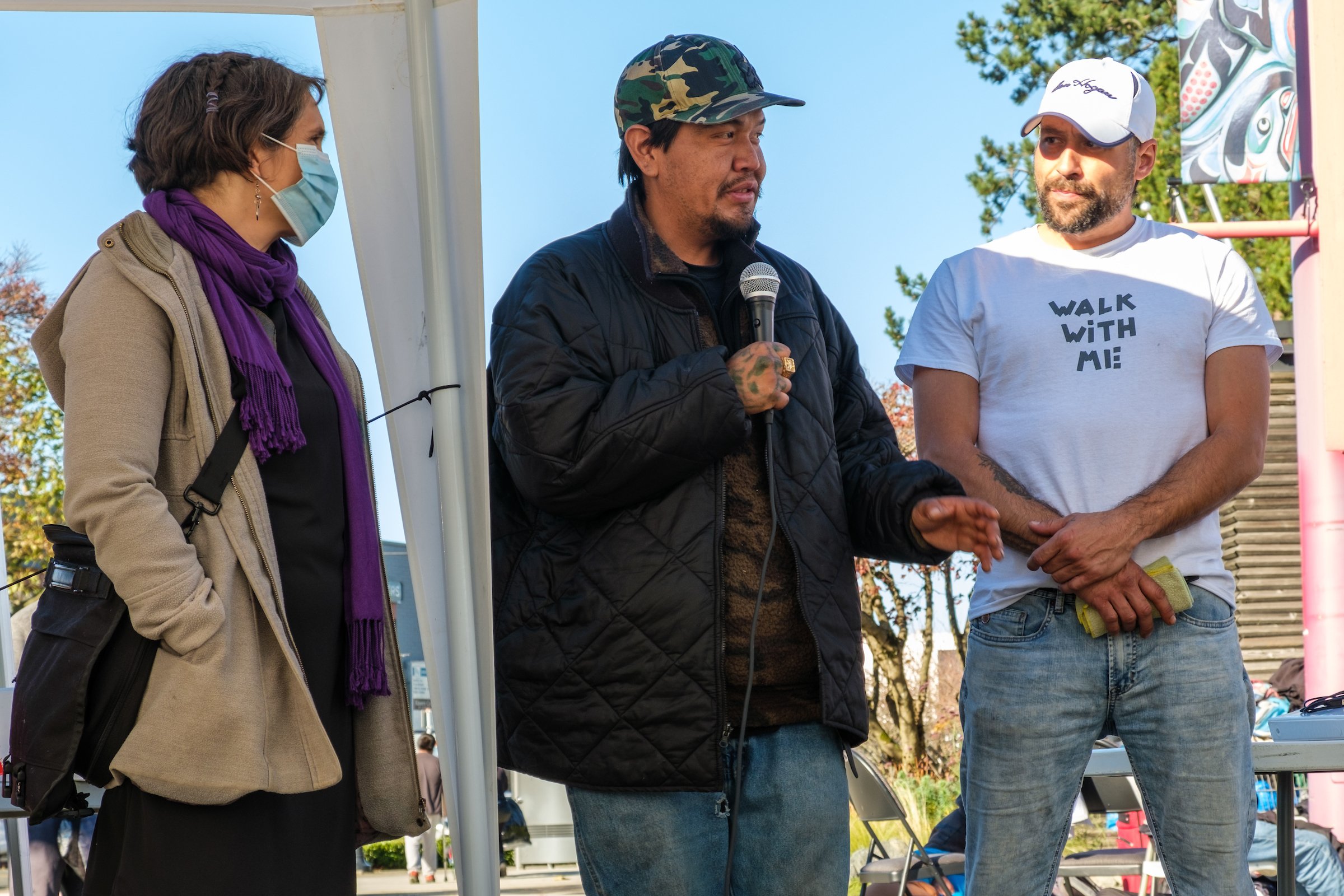

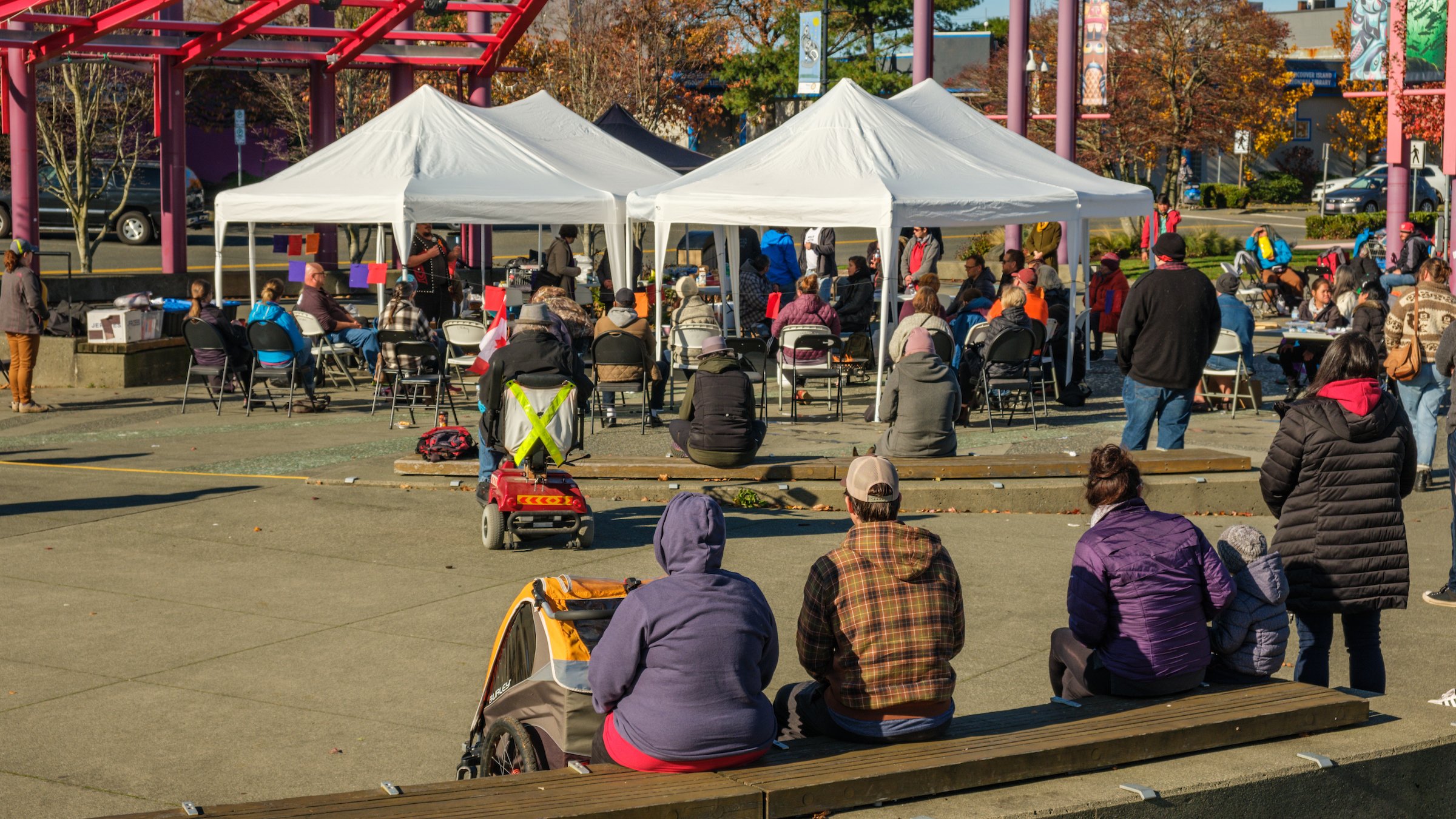


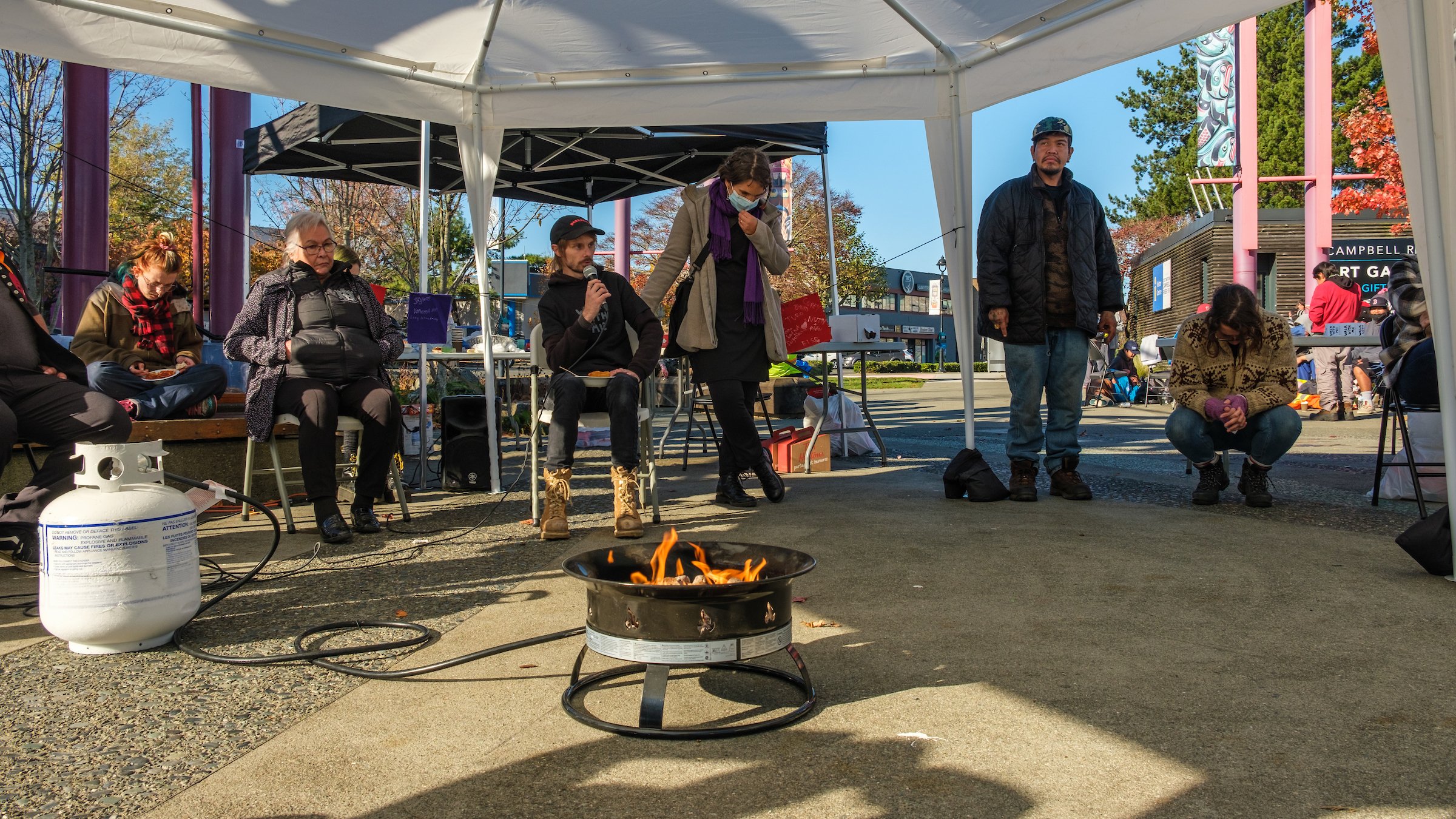









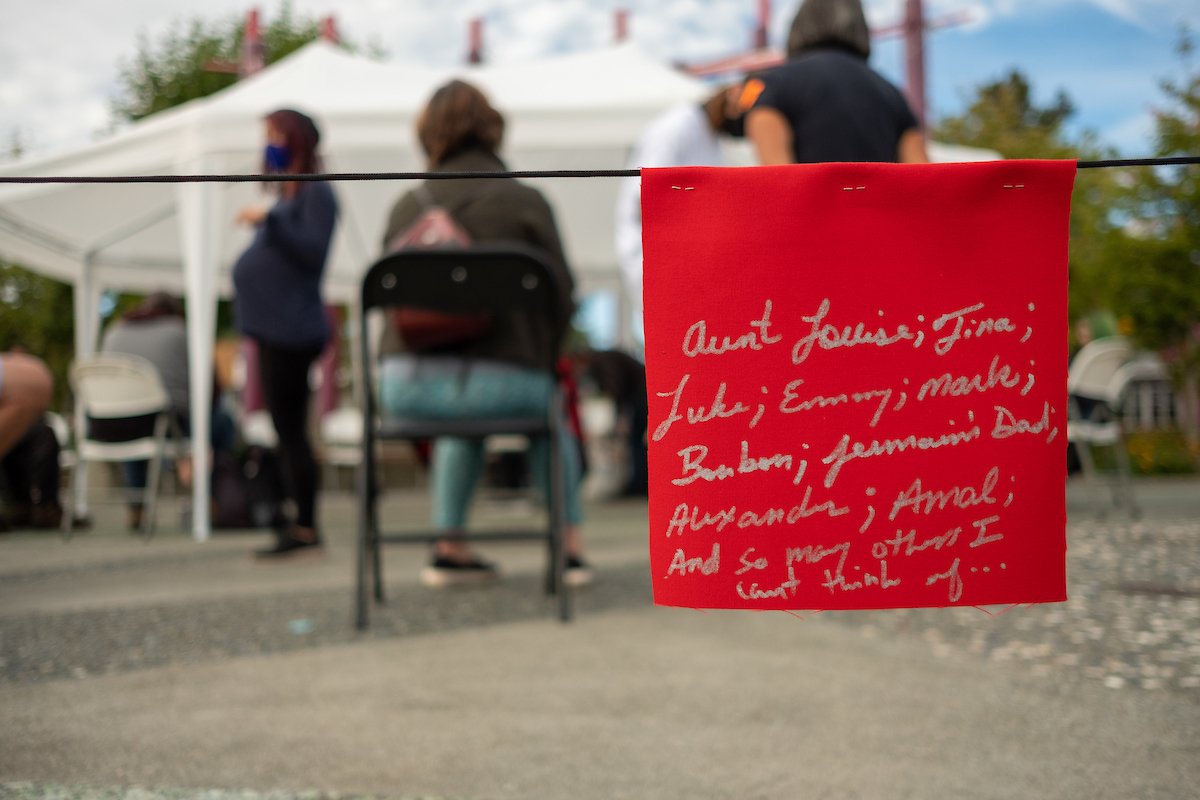



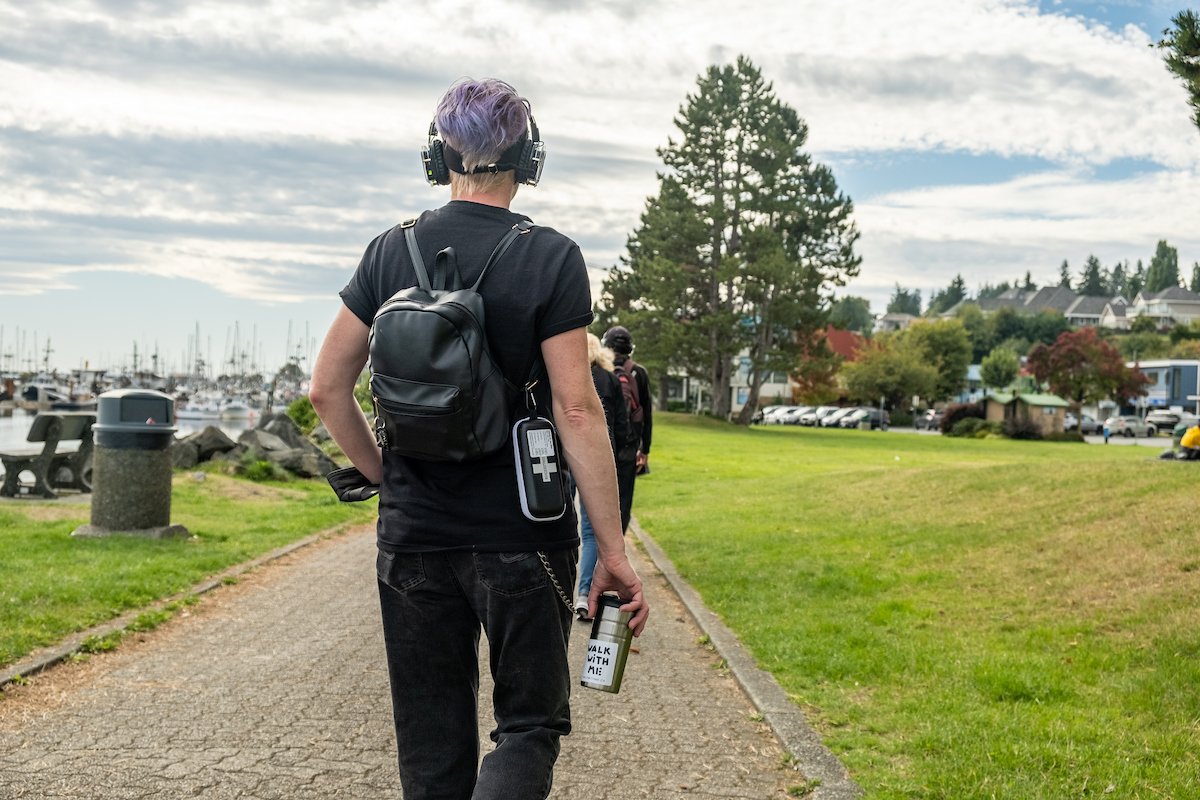

Participant Stories
Below are examples and abstracts of the kinds of stories we collect during a primary research session with People With Lived and Living Experience. We gather them using a variety of reflective, “draw talk,” and “life story” arts-based methods. The brief stories below are also representative of longer stories one might hear on a Story Walk with us.
M’s Story: “The addiction still had me by the throws, I laid there in a hospital bed, crying to God, and I was like—if I can just be released from this, I’ll never do drugs again, I’ll never sleep with anybody again, I’ll be such a good person. If I can just have some release from this life. So I said my prayers, and I hung my bids, and I experienced a good come-off of whatever psychosis that was… it took me two months… to start doing drugs again, and drinking all the time, and finding myself alone and scared, trying to really make something of myself, beating my fist against my chest but really not achieving anything. Hanging out with dangerous people, you know, the whole scene right?”
“I had a nice experience where my ex-girlfriend got me a train ticket and said you have to come home, she was in recovery as well, and she didn’t want to see me die. So I went home, and I went to treatment, I luckily got some good information.”
“On my picture here, I’ve drawn the red road, which is, what was explained to me in the Aboriginal healing and treatment centre that I had gone to, the red road of recovery, it’s the safe path, it’s desired to be grounded upon and walk along that road. In hope of finding serenity. I learned a lot of good things from the Elders there.”
S’s Story: “The thing you can see most is the roads, the river and the valley, all the roads lead to town, drugs come through the roads, or they come through the waterways or the train… there’s Wall Mart, the train station, downtown there’s drugs, there’s the valley, there’s gazebos, at shelters there’s drugs, they’re across from the church, there’s cemeteries, people use drugs everywhere in town.”
“Wherever they can. The washrooms, public bathrooms that aren’t closed down, outhouses, the airpark, I could have kept going and going and going, load it up with a whole bunch of different things… people use under the bridge, they sleep under the gazebo, they sleep down by the river because they get kicked out of town, out of our tent cities, they shelter… the roads leading in or out of town.”
“People use the train station to walk through town so they don’t have to walk on the street… people on quads taking drugs up the train tracks…. A lot of drug houses in town have paths to the train. The tracks, bushes, bridges, Bill Moore park, wherever you can find a place to get some peace and quiet to use your drugs, without people coming by and stuff like that.”
“It’s not like weed where you can sit in front of the courtyard and smoke weed now. We don’t have a safe injection outdoor place. We can use AVI, but a lot of people can’t smoke in there. You can’t smoke anything in there.”


